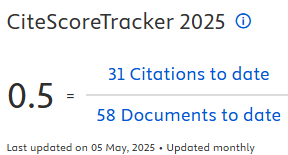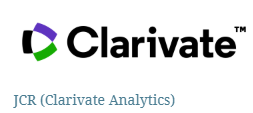A Model for Innovation Culture Management in Organizations (IVALUE 7)
DOI:
https://doi.org/10.5585/iji.v5i3.199Keywords:
innovation, culture, management, technology, R&D, quality, quotient.Abstract
Governments, companies, universities, institutes, and individuals all over the world have prioritized innovation on their agenda and some have declared innovation as a strategic goal, but for a few of them, innovation has been a way of life. Organizational development depends on human capabilities more than ever. Not just intellectual, emotional, executive, experiential, and physical quotients of human capacity, but also creative, spiritual, passionate, motivational, and social quotients now need to be considered. When an invention is valued, it becomes an innovation. Although, innovation began with human, it is hard to pinpoint the first inventor in history. Transformation from a learning organization to a thinking organization is needed to be able to sustain innovative culture. At this point, the hard question is how? A smart, creative and dynamic innovation culture will help organizations to see the value of invention. In this study, a brief review is first made on the historical backgrounds of universities, institutes, industrial revolutions, and management systems in order to understand the evolution of the concept of innovation. Then, IVALUE7, a management model for dynamic, smart innovation organizational culture, will be introduced and discussed.
Downloads
Downloads
Published
How to Cite
Issue
Section
License
Copyright (c) 2017 International Journal of Innovation (iji)

This work is licensed under a Creative Commons Attribution-NonCommercial-NoDerivatives 4.0 International License.
- Abstract 549
- PDF 233











